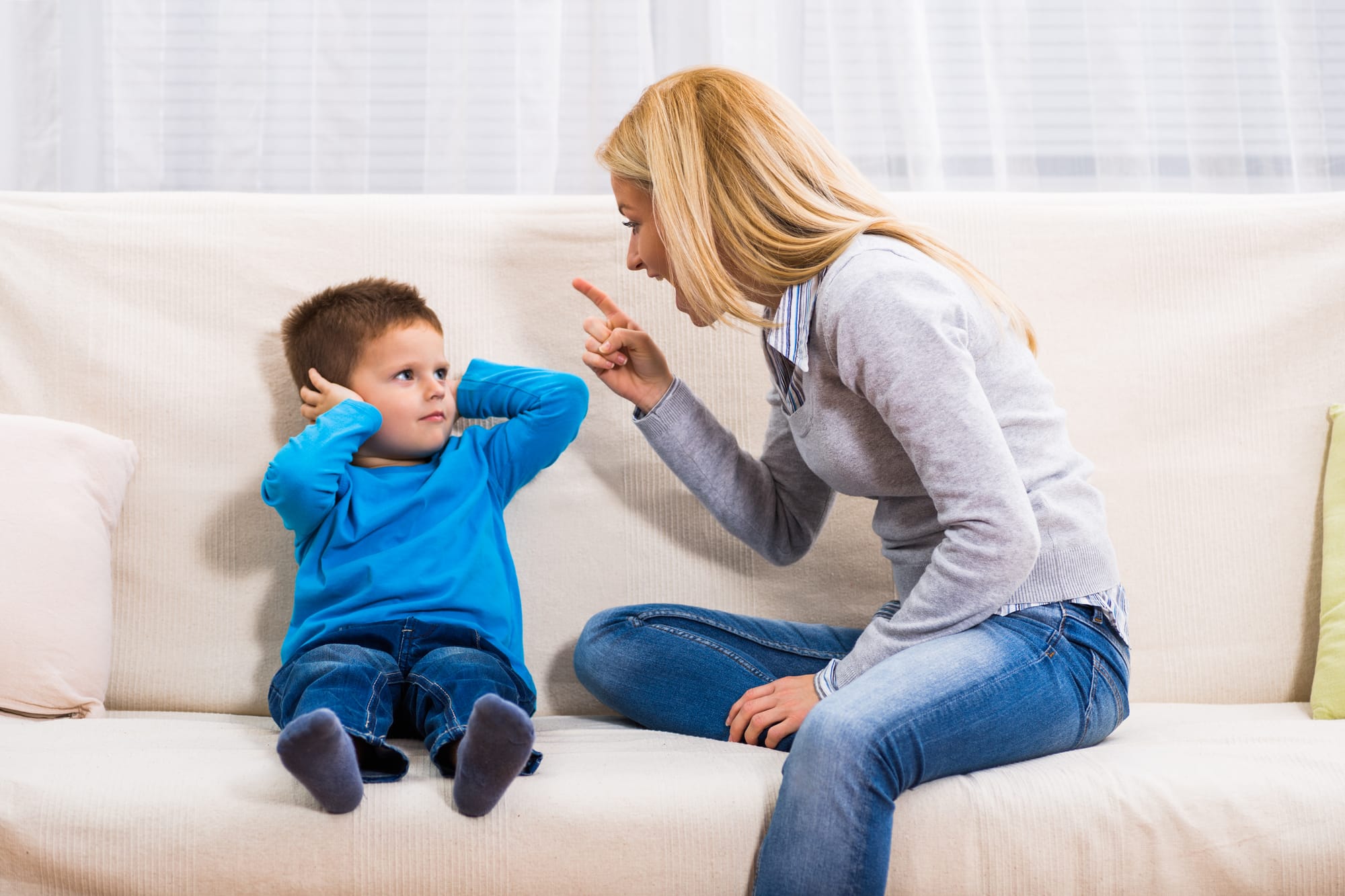Breaking the Conflict Cycle: How Stress Builds Between Parents and Children.

By Jason Brien.
If you're a parent or carer, you've probably had moments where a small issue suddenly becomes a big blow-up—raised voices, slammed doors, maybe even tears on both sides. You're not alone. Many of these situations aren't about the issue itself—they’re part of something bigger called the conflict cycle. Understanding how it works can make a huge difference in how you respond and how your child feels.
What Is the Conflict Cycle?
The conflict cycle is a pattern of escalation. It often starts small—maybe a child refuses to follow a routine or talks back—and ends in full-blown conflict, where both the adult and the child feel angry, powerless, or misunderstood. Here’s how it typically plays out:
- Triggering event – Something sets the child off. It could be a simple “no,” a transition, a tone of voice, or something we don’t even notice.
- Feeling of distress – The child feels threatened, hurt, or frustrated and often doesn’t know how to manage those feelings.
- Challenging behaviour – The child acts out. This could look like yelling, ignoring, running off, or lashing out physically.
- Adult reaction – The adult, now feeling triggered themselves, reacts emotionally—maybe by raising their voice, punishing, or withdrawing.
- Escalation – The child sees this as more threat or rejection. Their behaviour worsens. The adult reacts again. The cycle continues.
Both the child and the adult are caught in a loop of reacting to each other.
How This Impacts Families
Conflict cycles are exhausting. For parents, they can lead to guilt, frustration, and burnout. For children, they create environments where they feel unsafe, misunderstood, or constantly “in trouble.”What often gets missed is that the behaviour is rarely personal. Children aren’t trying to manipulate or punish their parents—they’re struggling with big feelings and don’t yet have the skills to handle them. When adults become emotionally reactive too, it reinforces the child’s fear and the belief that conflict is the only way to get attention or control.
What Breaks the Cycle?
The key to breaking the conflict cycle isn’t to be perfect—it’s to be aware. One calm, regulated adult can change everything. Here are a few steps:
1. Recognise the early signs
Learn what your child’s triggers are—and your own. Notice the warning signs: tone changes, body language, refusal, or eye-rolling. Spotting these early gives you the best chance to intervene calmly.
2. Regulate yourself first
Children borrow their emotional cues from adults. If you can stay calm (even if you’re faking it a bit), your child is more likely to settle. Take a breath. Lower your voice. Speak slowly. A calm adult is the circuit breaker.
3. Respond, don’t react
Instead of jumping into discipline or correction, try empathy first. “I can see you’re really frustrated.” That simple sentence can diffuse a lot of tension. Once calm is restored, then you can talk about behaviour.
4. Revisit the moment later
When everyone is calm, reflect on what happened. “What was happening for you then?” “How can we try something different next time?” This helps build emotional understanding and trust.
It’s Not About Avoiding Conflict—It’s About Handling It Differently.
Conflict isn’t the enemy—it’s how we handle it that matters. Children need to know that even in hard moments, we’re still in their corner. That they can fall apart, and we’ll help them pick up the pieces, not punish them for breaking. That doesn’t mean there are no consequences. It means consequences are delivered with calm, consistency, and care—not frustration, shouting, or shame.
Final Thought.
When you're stuck in a pattern of repeated conflict, it’s not because you’re a bad parent or your child is difficult. It’s because you're both human, and you're both affected by stress, emotion, and past experiences. But cycles can be broken. And every time you choose calm over chaos, connection over correction, and reflection over reaction—you’re building something stronger. You're showing your child what it means to feel safe, seen, and supported—even in the middle of a storm.